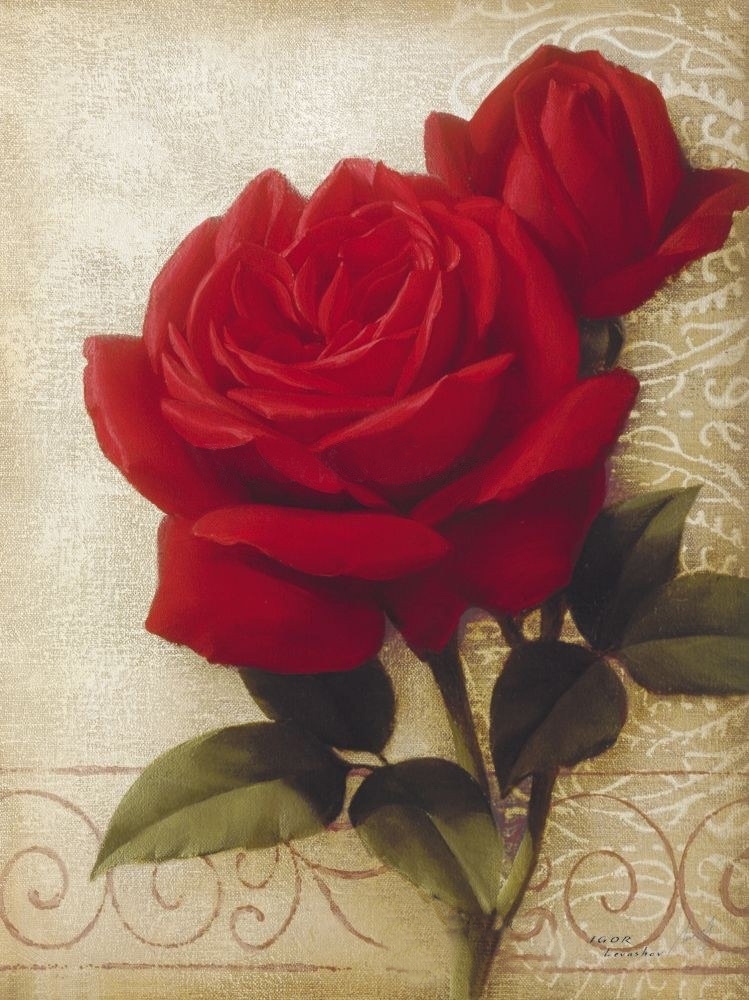Years ago, American cultural anthropologist, author and speaker Margaret Mead (1901-1978) was asked by a student what she considered to be the first sign of civilization in a culture.
The student expected Mead to talk about fishhooks or clay pots or grinding stones.
But no. Mead said that the "first sign of civilization in an ancient culture was a femur (thighbone) that had been broken and then healed".
Mead explained that in the animal kingdom, if you break your leg, you die.
"You cannot run from danger, get to the river for a drink or hunt for food.
You are meat for prowling beasts.
No animal survives a broken leg long enough for the bone to heal.
A broken femur that has healed is evidence that someone has taken time to stay with the one who fell, has bound up the wound, has carried the person to safety and has tended the person through recovery.
Helping someone else through difficulty is where civilization starts", Mead said.
Margaret Mead | Remember me
To the living, I am gone,
To the sorrowful, I will never return,
To the angry, I was cheated,
But to the happy, I am at peace,
And to the faithful, I have never left.
Dame Laura Knight | The Dark Pool, 1908-1918








